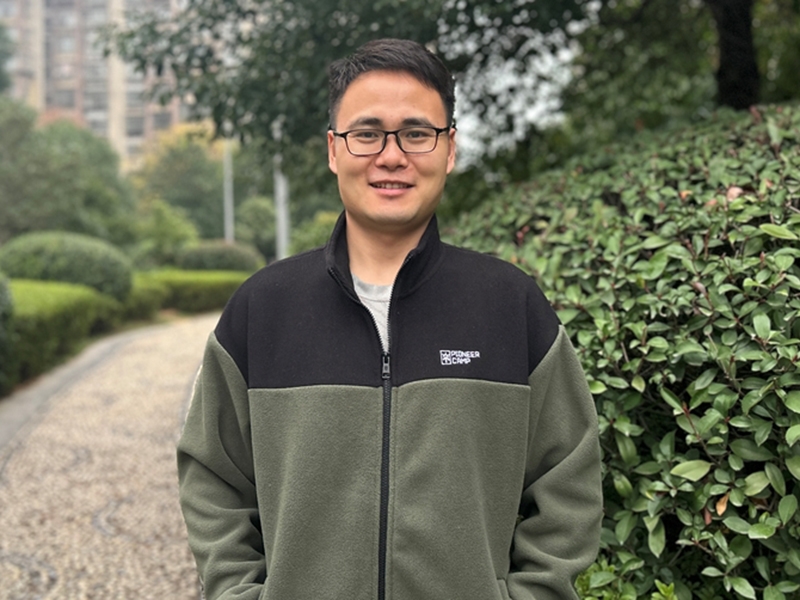U of A Physicists Discover New Quantum Phases in Low-Dimensional Polar Systems
A new paper published in Nature Communications by a team of physicists at the U of A charted the discovery of new quantum phases in low-dimensional systems.
The paper, "Quantum criticality at cryogenic melting of polar bubble lattices," was authored by Wei Luo, a postdoctoral researcher; research associate Alireza Akbarzadeh; and research assistant professors Yousra Nahas and Sergei Prokhorenko. Nahas and Prohorenko are part of the Computational Condensed Matter Physics group led by Distinguished Professor of physics Laurent Bellaiche, who also served as a contributing author.
Quantum fluctuations, caused by zero-point phonon vibrations, are known to prevent the occurrence of polar phases in bulk incipient ferroelectrics down to zero degrees Kelvin. But little is known about the effects of quantum fluctuations on the recently discovered topological patterns in ferroelectric nanostructures. The researchers unveiled how quantum fluctuations affect the topology of several dipolar phases in ultrathin ferroelectric oxide films.
The team found that quantum fluctuations induce a quantum critical point, separating a hexagonal bubble lattice from a liquid-like state characterized by spontaneous motion, creation and annihilation of polar bubbles at very low temperatures. Additionally, quantum fluctuations can induce new quantum phases, and these phases exhibit usual properties, such as negative piezoelectricity.
Luo explained that these findings could advance the development of neuromorphic computing.
"Neuromorphic computing models the functioning of the brain through spiking neural networks," Luo said. "In contrast, conventional computing relies on transistors that are binary, representing either 'on' or 'off,' and 'one' or 'zero.' Spiking neural networks emulate the brain's ability to convey information in both temporal and spatial dimensions, enabling them to produce more than the binary two outputs characteristic of conventional computing. Neuromorphic computing has some advantages compared with conventional computing, such as energy efficiency, parallel processing, adaptability and fault tolerance."
Contacts
Wei Luo, postdoctoral fellow
Department of Physics
479-575-6425,
weil@uark.edu
Headlines
Former U.S. Senator Mark Pryor to Receive Honorary Degree
The U of A will award an honorary degree to Mark Pryor, an alumnus and former U.S. senator, during its spring university commencement ceremony at 8:30 a.m. Saturday, May 11, in Bud Walton Arena.
Semiconductor Research and Fabrication Facility Celebrates Topping Out
The new facility will produce microelectronic chips made with silicon carbide, a powerful semiconductor that outperforms basic silicon in several critical ways, and allow testing of industry prototypes.
Kendyl Link Named Undergraduate Winner of Felix Christopher McKean Memorial Award
A senior involved in University Programs and Greek Life, Link's poem "Fish" will appear in Issue 9 of The Diamond Line, the U of A's undergraduate literary magazine, this spring.
Patitz Awarded NSF Grant for Research on DNA-Based Nanostructure Research
Matthew Patitz, associate professor, plans to construct nanoscale structures using DNA sequences designed to fold into elongated slats that then form complex geometries.
Interior Architecture Students Make Metropolis' Future100 List, Win Portfolio Competition
Isabel Provisor Lemery, one of three national winners, and Lacey Oxford, both students in the Department of Interior Architecture and Design, are featured among the Metropolis magazine's Future100.





